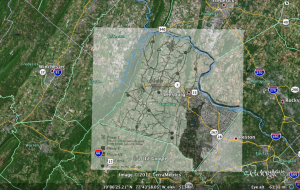The Feltron Reports are a collection of seemingly haphazard statistics and recollections from the days of Nicholas Felton’s life. The reports are eye-catching and clean in presentation. It’s evident that Felton is a graphic designer, with his intricate and appealing info-graphics.
Although I am a fan of the layout and look of the reports as a whole, the purpose of most of the reports seems unclear. His annual reports that detail his eating and drinking habits, his taste in music, where he went to eat, etc. are interesting but also leave me wondering, “So what?” It’s as if he took his written diary, translated everything into numbers, then played around in Adobe InDesign. I was almost expecting him to detail how many times he pooped in a year.
Some of the reports are actually informative, such as “Hello China.” The report is mainly composed of photographs from his visits. This is an interesting take on a photo essay, and he did a good job with it. Still, the report provides little to no actual information about the places he went or the things he did. Nonetheless, the focus seems to be more substantial than former reports. This could be because the focus of the report is something other than his own personal life.
I think the reports are cool and fun to look at. However, I think it’s creepy that I know that he consumed approximately 83,565 milligrams of caffeine in 2007 or that the last photograph he took in 2008 was of the Golden Gate Bridge. This is his own personal information; it’s like I just read five of his diaries.
All in all, I like the reports. I think they should be used for private use or as a hip personal diary. For example, I’d like to “Feltronize” my own life because the final product would look amazing. But to go so far as to publish it is a little too much.

